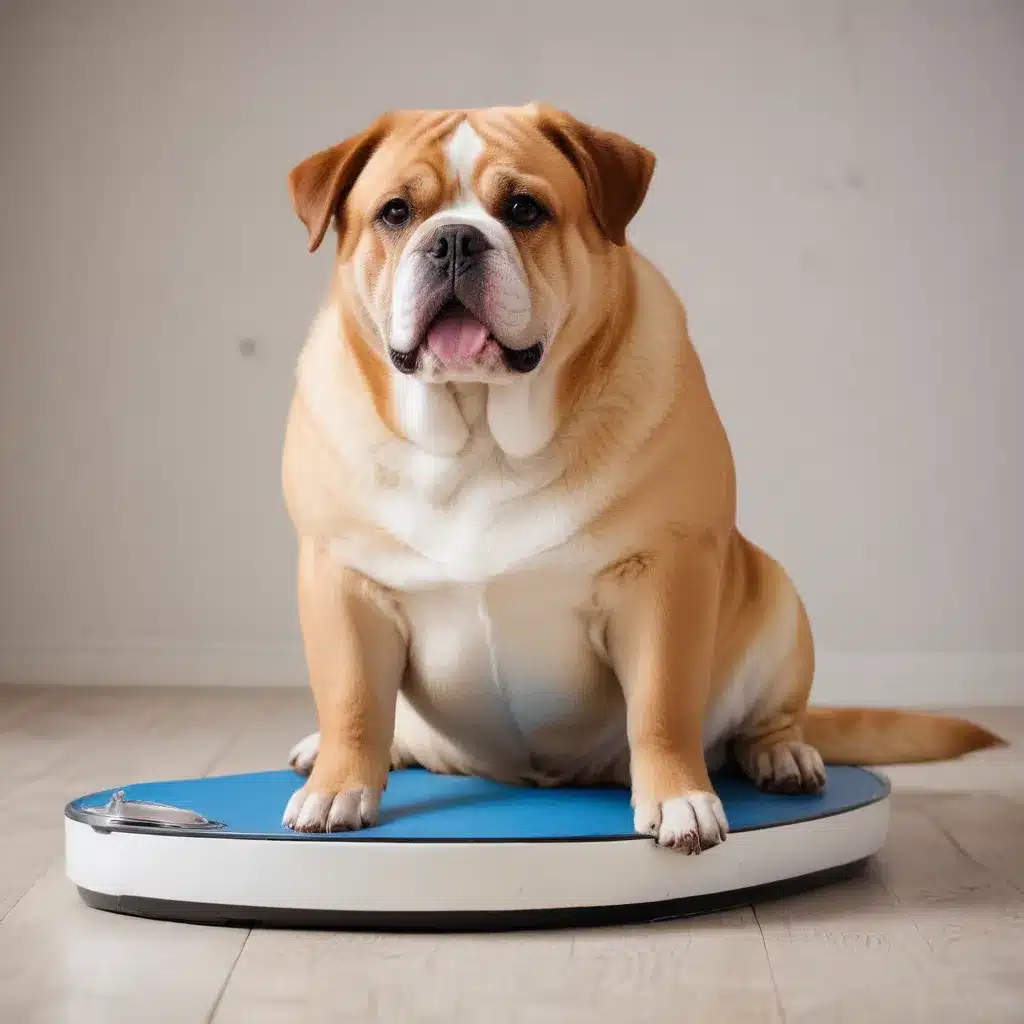
Alright folks, let’s talk about a serious issue that’s affecting our canine companions – dog obesity. Now, I know what you’re thinking, “My dog’s just a little fluffy, that’s all.” But trust me, those extra pounds can have some serious consequences.
Let’s start with the basics. Obesity is when your pup has way too much body fat, and it can have a real impact on their health, happiness, and overall well-being. In fact, the RSPCA considers obesity a major welfare issue in pets because it can cause all sorts of problems and make existing issues even worse.
For example, did you know that obese dogs are at a greater risk of developing conditions like heart disease, diabetes, and even certain types of cancer? It’s like a triple-threat of health problems, and that’s not even the worst part. Obesity can also make it harder for your furry friend to do their normal activities, like going for a walk or playing fetch.
Now, I know what you’re thinking – “But my dog loves food, how am I supposed to say no?” Well, my friend, it’s all about finding that delicate balance between treating your pup and keeping them healthy. The good news is, there are plenty of ways to help your dog achieve and maintain a healthy weight.
Recognizing Canine Obesity
First things first, let’s talk about how you can tell if your dog is packing on the pounds. The RSPCA recommends a few simple checks you can do at home. Try running your hands along your dog’s ribs – can you feel them easily, or are they buried under a layer of fluff? Next, take a look at your pup’s waistline. Can you see a distinct waist when you’re looking down at them? If not, they might be carrying a few extra pounds.
Another easy way to check is the “hand test” – just feel the fat on your dog’s body and compare it to the feel of your own hand. If your pup’s body feels a lot softer and squishier, that’s a sign they might be overweight. And don’t forget to weigh them regularly – your vet can help you figure out your dog’s ideal weight and body condition.
Causes of Dog Obesity
Now, you might be wondering, “How did my dog even get to this point?” Well, it’s usually a combination of factors, just like with us humans. For starters, dogs who eat too much or don’t get enough exercise are more likely to pack on the pounds. But there can also be underlying medical issues, like an underactive thyroid gland or Cushing’s disease, that can contribute to weight gain.
And let’s not forget about those irresistible dog treats and table scraps. I know it’s hard to resist those big, pleading eyes, but those extra calories can really add up, especially if your pup isn’t burning them off. It’s like trying to maintain a beach bod while eating ice cream sundaes every night – it just doesn’t work!
Risks of Canine Obesity
Alright, let’s talk about the not-so-fun part – the risks of dog obesity. As I mentioned earlier, extra weight can lead to all sorts of health problems, and it can seriously impact your pup’s quality of life. We’re talking about issues like joint and bone problems, respiratory difficulties, and even reproductive challenges.
But wait, there’s more! Obesity has also been linked to an increased risk of certain types of cancer, as well as metabolic disorders like diabetes. And get this – a study on Labrador Retrievers found that even a little extra weight can shorten a dog’s lifespan by up to two years. Yikes!
The bottom line is, obesity is no laughing matter for our furry friends. It’s a condition that can have devastating effects on their overall health and wellbeing. But the good news is, with the right approach, you can help your pup lose those extra pounds and live a longer, healthier life.
Preventing Dog Obesity
Okay, now for the fun part – how can we help our canine companions stay fit and fabulous? Well, it all starts with a balanced diet and a good exercise routine. Your vet can help you figure out the right food and portion sizes for your dog, and they can also recommend fun, engaging activities to get your pup moving.
One of the best things you can do is to avoid giving your dog too many treats or table scraps. Instead, try using healthy, low-calorie options like carrots or green beans as rewards. And when it comes to meal time, stick to the recommended serving sizes and resist the urge to overfeed.
But it’s not just about what you feed your dog – it’s also about how much they move. Regular exercise is crucial for keeping your pup at a healthy weight, and it can also help reduce their risk of developing other health problems. Whether it’s a daily walk, a game of fetch, or even a trip to the dog park, getting your furry friend up and active is key.
And let’s not forget about the importance of regular check-ups with your veterinarian. They can help you monitor your dog’s weight and body condition, and they can also provide personalized advice on how to keep your pup in tip-top shape. Plus, they can help rule out any underlying medical issues that might be contributing to weight gain.
So there you have it, folks – the lowdown on dog obesity. Remember, a healthy, happy pup is a well-fed, well-exercised pup. And with a little bit of effort and a lot of love, you can help your furry friend stay in the best shape of their life. Who knows, maybe they’ll even be able to outrun you at the dog park!
If you’re looking for more resources on dog care and adoption, be sure to check out ihavedogs.com. They’ve got tons of great information and tips to help you give your four-legged friend the best life possible.

